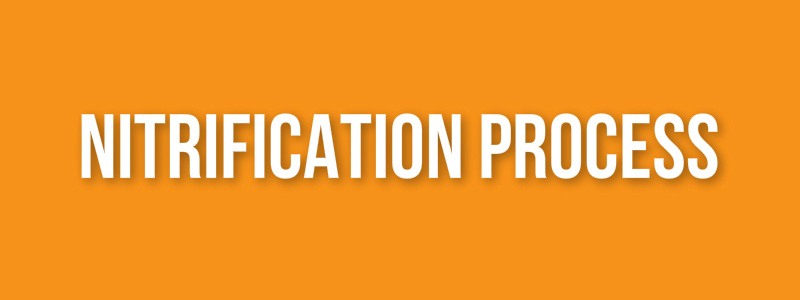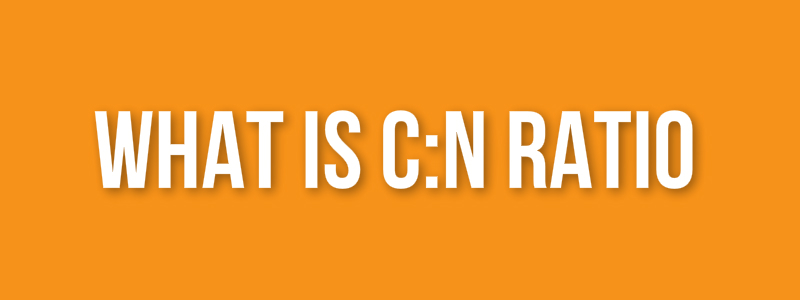What is Nitrification Process in BIOFloc?

It is the biological nitrification process of breaking down Ammonia into Nitrate. When we give Nitrogenous sources in the form of Fish Feed or Fish Excretas into the pond, it decomposes and produces organic sludges in the bottom of the pond. Ammonia and Ammonia Ions are produced from sludges. Excess ammonia creation inside the pond may kill the fish if it is not controlled. Controlling the Ammonia in aquaculture is called Nitrification Process. Let’s discuss how the nitrification process works.
In the Nitrification Process, the Total Ammonia Nitrogen (NH3 + NH4+) gets Oxidized and form Nitrite (NO2–) then again Oxidized and converted into Nitrate (NO3).
The bacteria which converts Total Ammonia Nitrogen into Nitrite (NO2–) is called Ammonia Oxidizing Bacteria (AOB). These AOB are also known as Nitrosomonas Bacterias.
The bacteria which converts Total Nitrite (NO2–) into Nitrate (NO3) is called Nitrite Oxidizing Bacteria (NOB). These NOB are also known as Nitrobacter Bacterias.
Between Nitrite and Nitrate, Nitrite is more harmful to the fish as it enters into the body and affects the immune and blood circulatory system and fish get killed.
So these Nitrosomonas and Nitrobacter Bacterias are used to remove harmful ammonia from the system.
But mostly in Biofloc System, Heterotrophic Bacteria are used to remove ammonia and convert undigested feed into micro-bacteria protein, which is known as FLOCS. These flocs again are eaten by fishes, which helps to lower down the FCR.
